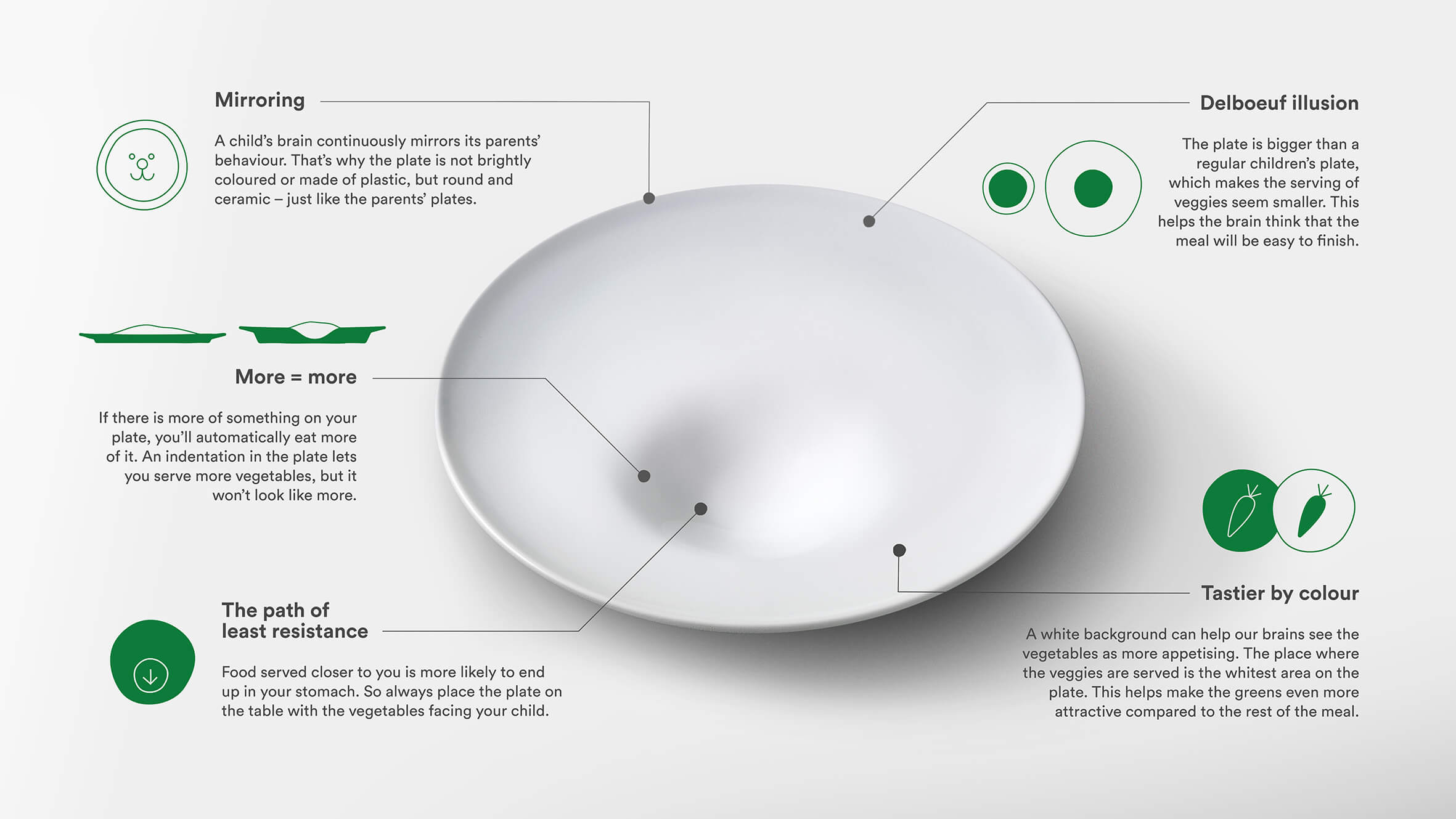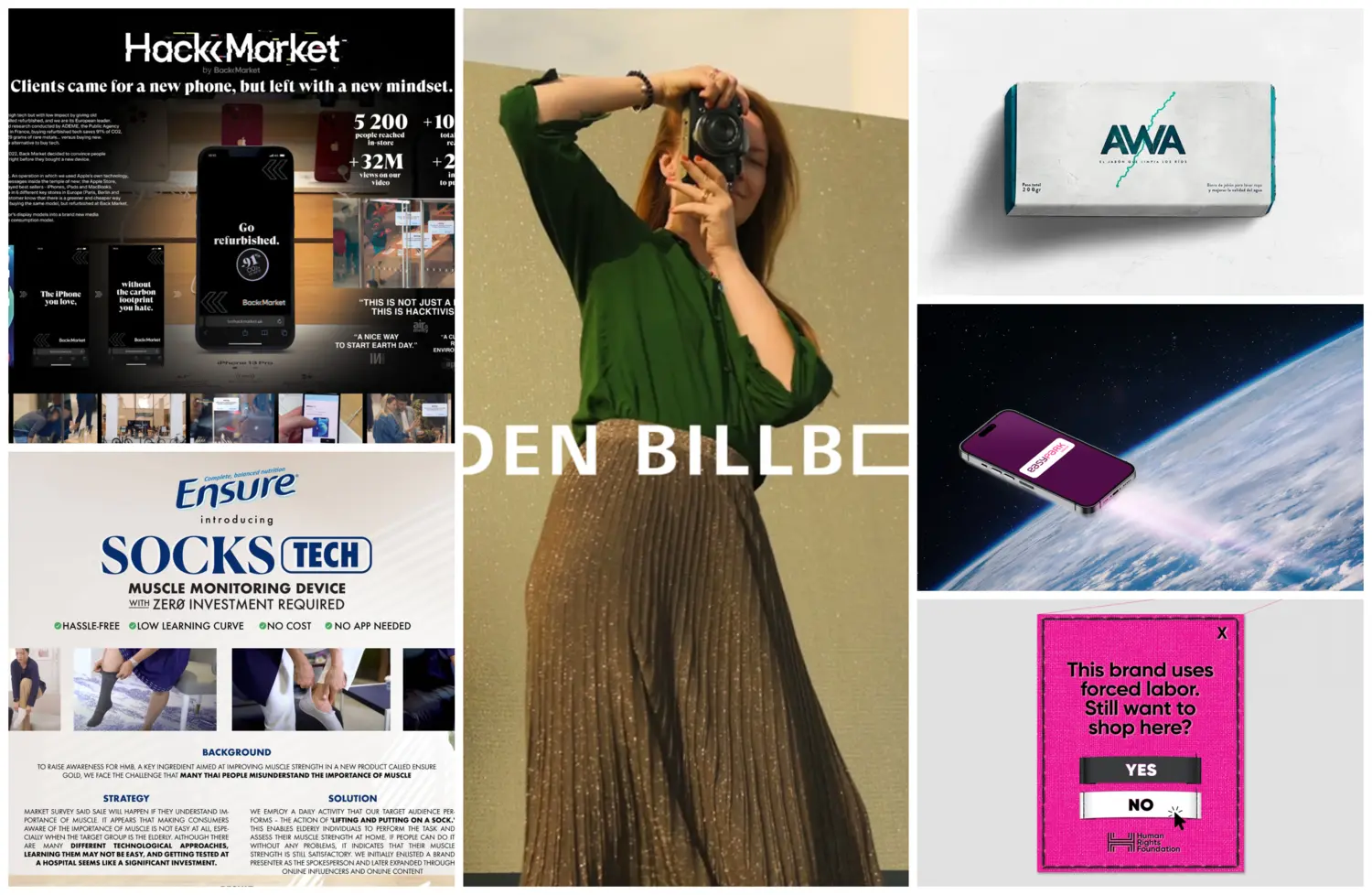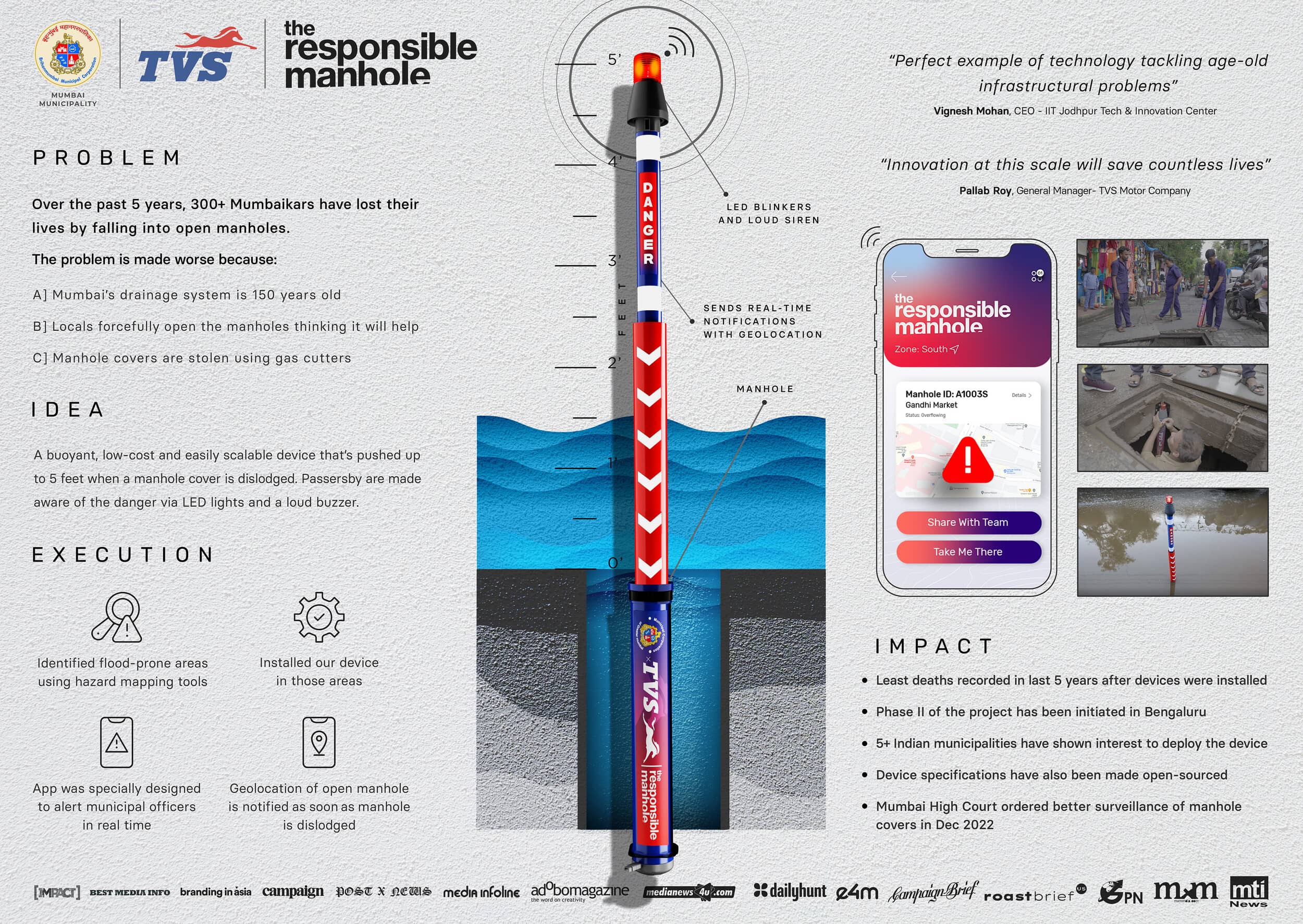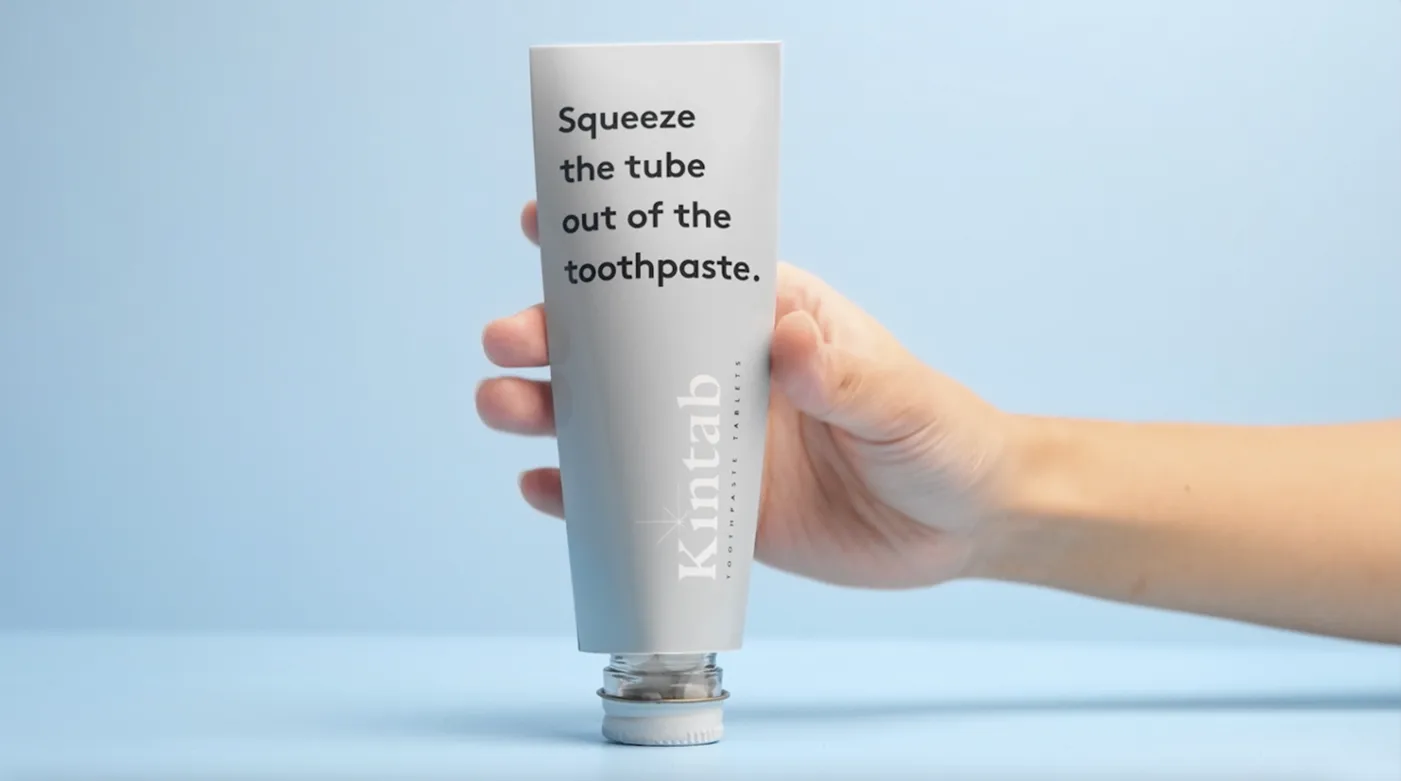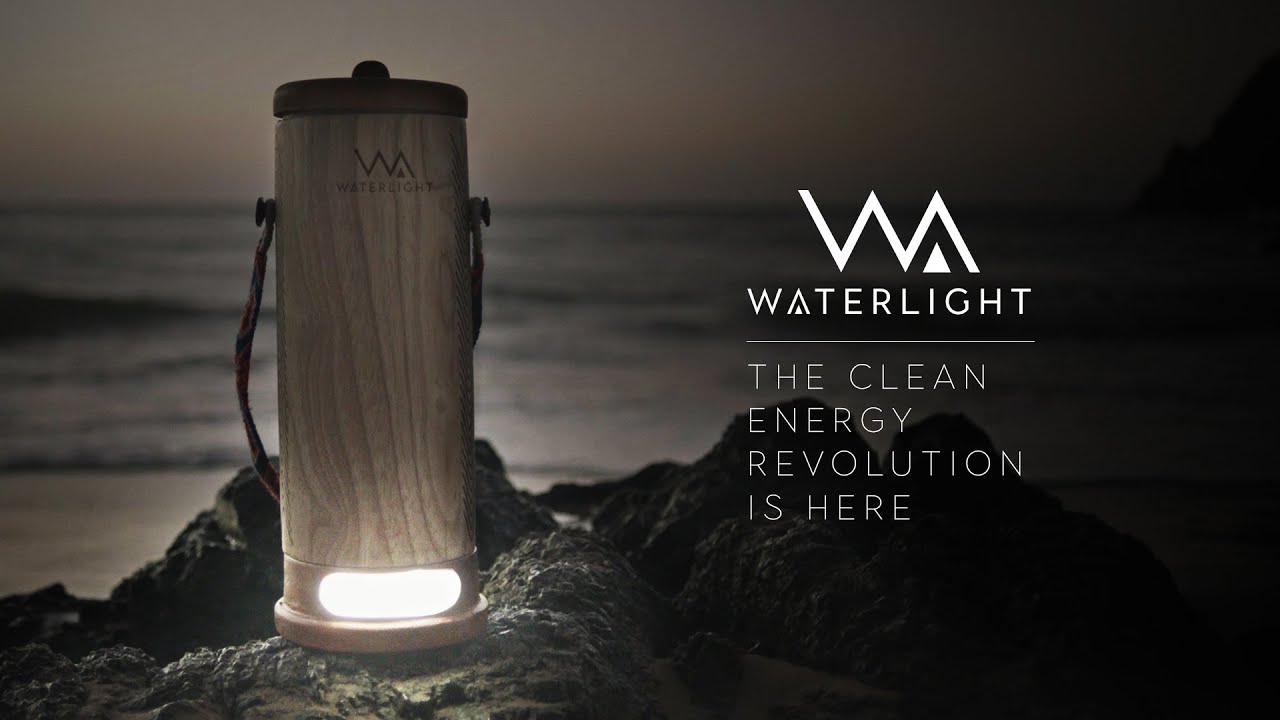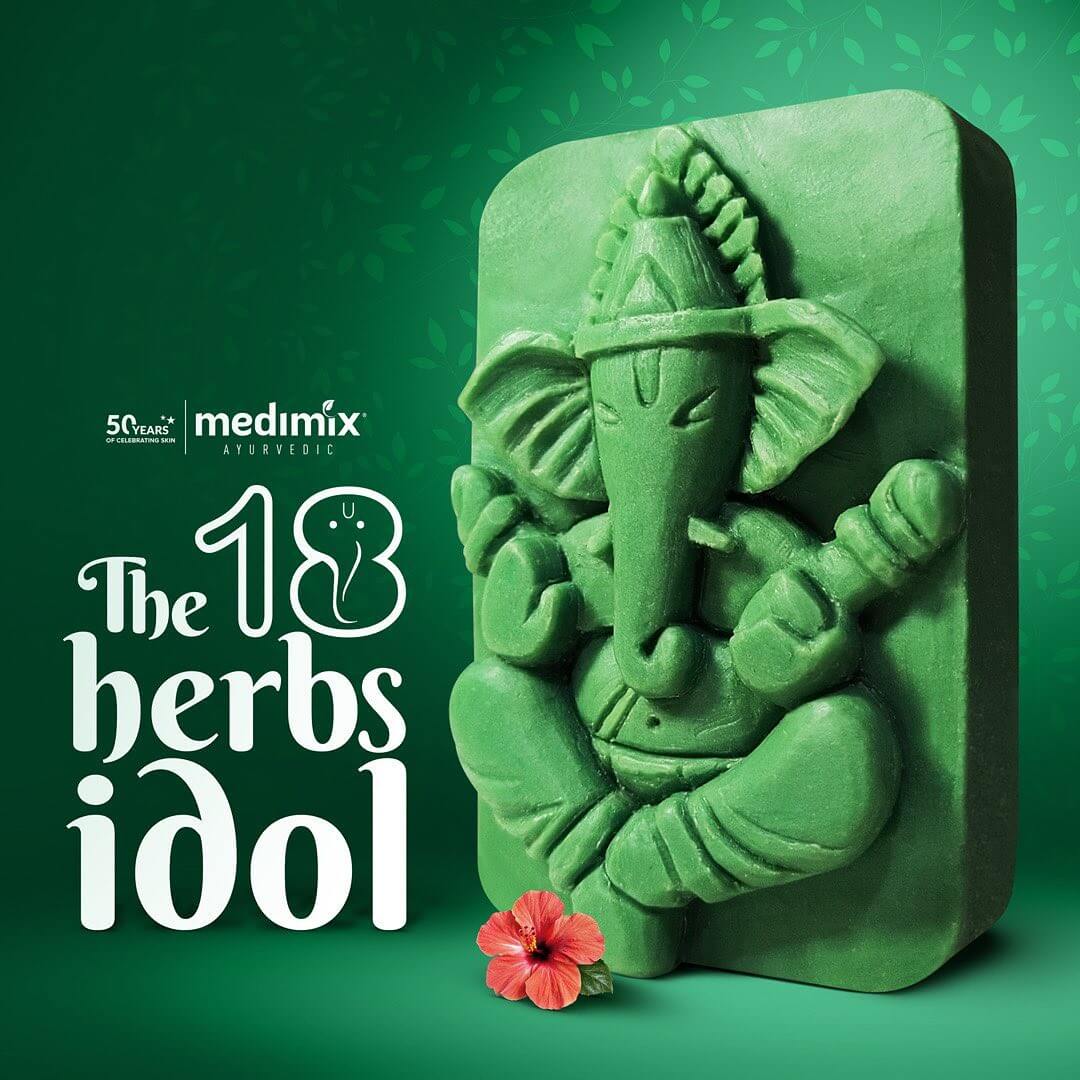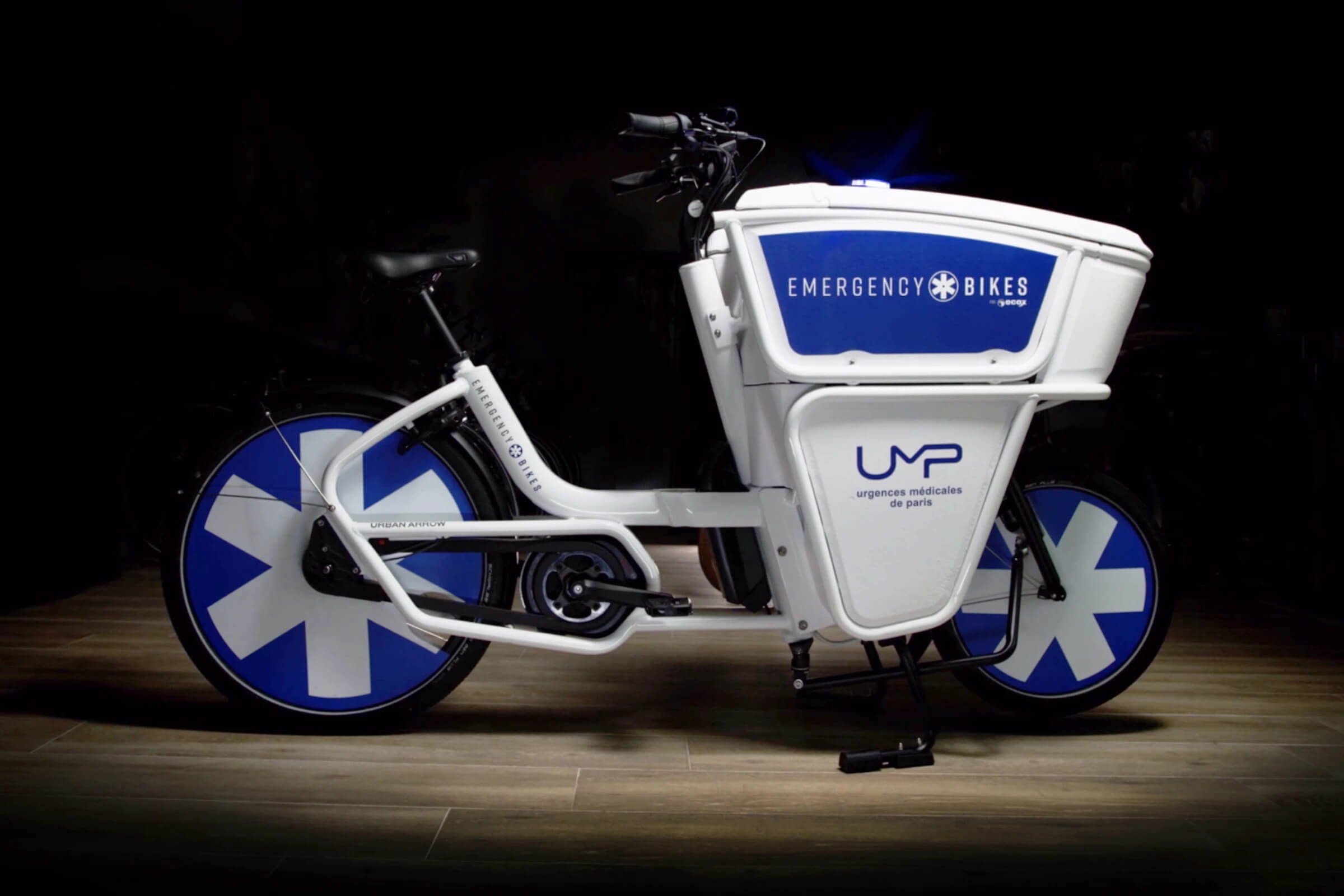The Helping Plate – Designed based on scientific insights, to help children eat more vegetables
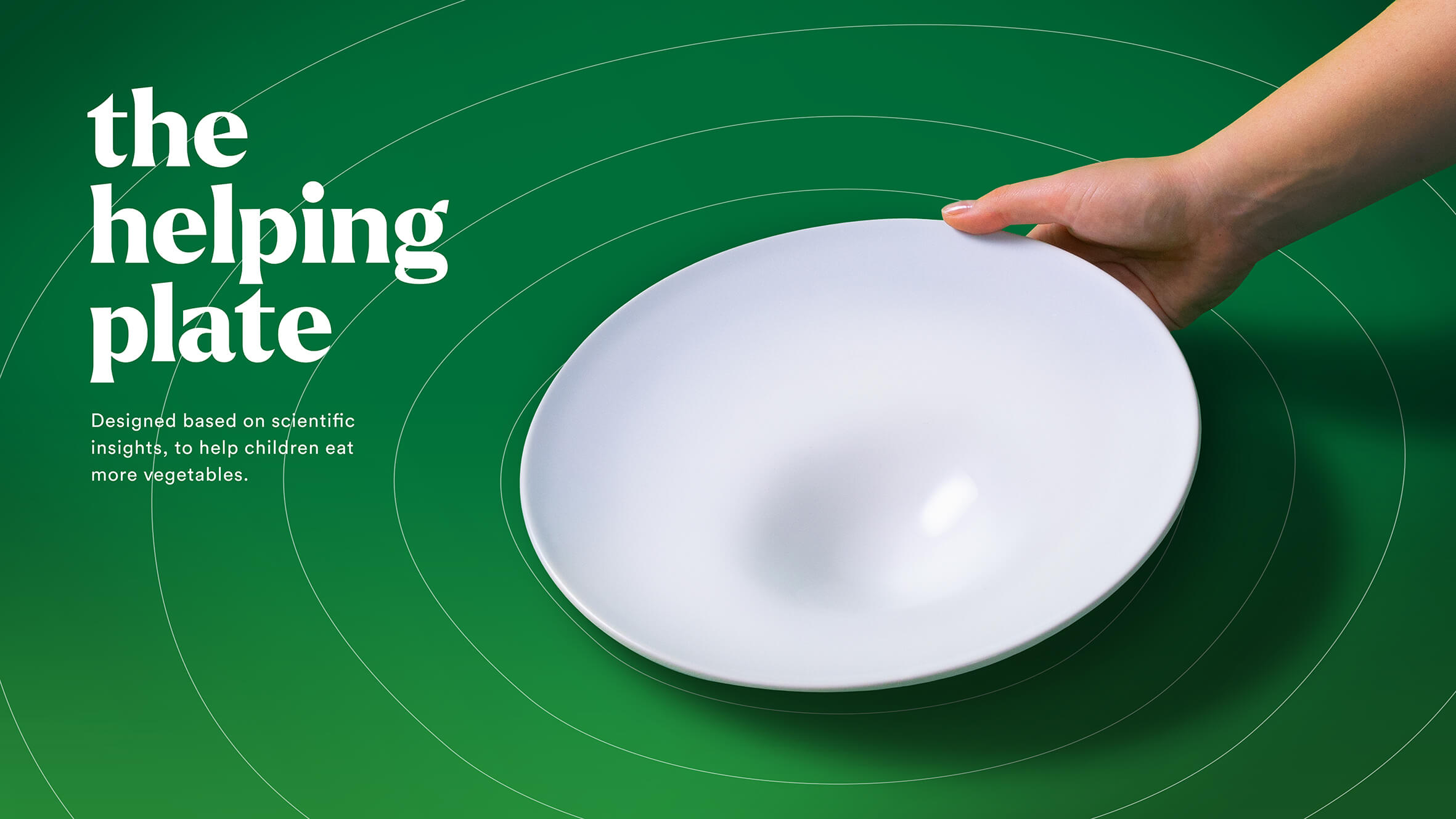
Many parents face a daily problem: their children don’t eat enough vegetables. HAK, one of the largest vegetable brands in Northern Europe is on a mission to solve this problem and has introduced The Helping Plate: a plate that helps children to eat more veggies – without knowing it. The Leading Dutch University of Wageningen (WUR) developed scientific insights that informed the design. Creative agency DDB Unlimited developed the idea and is responsible for the campaign.
Challenge
It’s a familiar challenge for many parents: how do you get your child to eat enough vegetables? In practice, children do not eat more than 73 grammes of veggies per day, on average, while the health guidelines for that age group (ages 4-8) recommend between 100 and 150 grammes of vegetables per day. All the more reason for HAK – a company who has always been on a mission to help get Dutch people to eat more vegetables – find a creative solution to this problem.
Tasting with our eyes
Dr Betina Piqueras Fiszman, a researcher at Wageningen University & Research (WUR), contributed to gathering a variety of scientific insights: ‘We “taste” with our eyes even before we’ve taken our first bite. How we present our food has an enormous influence on how we perceive the meal and how much we end up consuming it.’
Intelligent design
The Helping Plate does not look like a typical children’s plate, which is exactly as intended. Children mirror their parents, and it is easier to copy their behaviour if the child eats from a similar plate. The rest of the design also uses characteristics that – subconsciously – guide the child to eat more vegetables. For example, the larger size and an indentation give the same amount of veggies a smaller ‘footprint’. And the colour shading helps the vegetables to look more appealing.
Trying it out
Nicole Freid, Director of Marketing and Innovation at HAK, hopes that parents and their children will try using The Helping Plate: ‘We cannot guarantee that it will work for everyone, but almost all of the families that tested the plate with their children were positive about it. Most parents indicated that it was easier than usual to let the children eat more vegetables. The children also responded positively because The Helping Plate looks like a real grown-up’s plate. Also, parents became more aware of how much vegetables they have to serve to meet 100-150 grammes/day. We are very curious about the user experiences we will collect over the coming months.’
Innovative solution
Luuk Simonse and Leendert-Jan de Ronde, creatives at DDB Unlimited: ‘It’s a big challenge to change children’s behaviour. As we searched for an innovative solution, we discovered that there was still a lot of room for improvement in the way we present vegetables at the table. That’s why we incorporated scientific insights about influencing into the plate’s design. In this way, we created a tangible product that’s available to everyone.’
Maarten Vrouwes, Executive Creative Director at DDB Unlimited: ‘This project shows that creativity can surprisingly solve problems. By working with one of the Netherlands’ leading universities, we made some interesting discoveries. Children are instinctively programmed to copy their parent’s behaviour, which helped us look at the problem differently. We normally apply science and data to our advertising, but to apply it to design was a new and exciting step for us.’
The Helping Plate was designed by Waarmakers Studio and is produced in the Netherlands by Royal Goedewaagen. It is for sale at de Bijenkorf, the Netherlands’ most prestigious department store and can be found in its webshop and in-store when the shops reopen.
Maarten Heijltjes, the designer at Waarmakers Studio, worked on translating the scientific insights into the design: “Perception is a difficult thing to predict. Especially when the subject comes in various sizes and shapes, as vegetables tend to vary greatly. From the first design sketches, we needed to move toward high-definition prototyping quickly to grasp our designs’ actual effect on the Perception of volume. The combination of a more traditional mould for the main shape of the designed plate, combined with 3D printed inlays for the dents proved to be an exact and fast method to test different shapes and iterations.”
Credits
Client: HAK
Concept and creative execution: DDB Unlimited
Research: Wageningen University & Research
Product design: Waarmakers Studio
Plate production: Royal Goedewaagen
